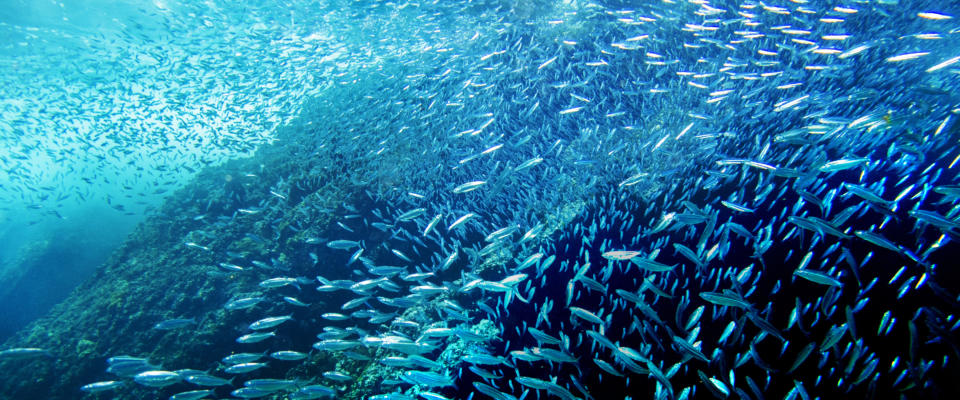
Price, style and fit: there are many factors that come into play when we’re shopping for clothes. The survival of our marine life usually isn’t one of them.
New York’s WCBS said people’s gym clothes could be dangerous to our health, due to the apparel’s fibers. The garments’ manmade fabrics break down in the laundry, forcing the lint fibers to wash out into public waterways, accumulating and persisting in aquatic environments. If we don’t make a change, this is just the beginning. All of this is more than enough to avoid man-made fibers, but what’s our alternative?
Cotton has been proven to disintegrate far more easily than synthetic fibers, causing less damage and ecological harm. Ecologists discovered that 85% of human-made materials on shorelines were microfibers, with a majority from materials such as nylon and acrylic. In a seven-month study at the College of William and Mary, a 100% polyester sample saw minimal deterioration, while a 100% cotton sample had 100% disintegration. Cotton Incorporated is working with researchers to better understand the effects of aquatic environments on cotton fibers.
While we continue research and our promise to inform the community on our efforts, we all need to make strides together. A move towards natural fabrics may be one way to help save marine life and our own health. Being sure clothes’ fiber content is at least 60% cotton is the first step. It’s time to check the label.
This article was adapted from the Cotton Incorporated Lifestyle Monitor.

